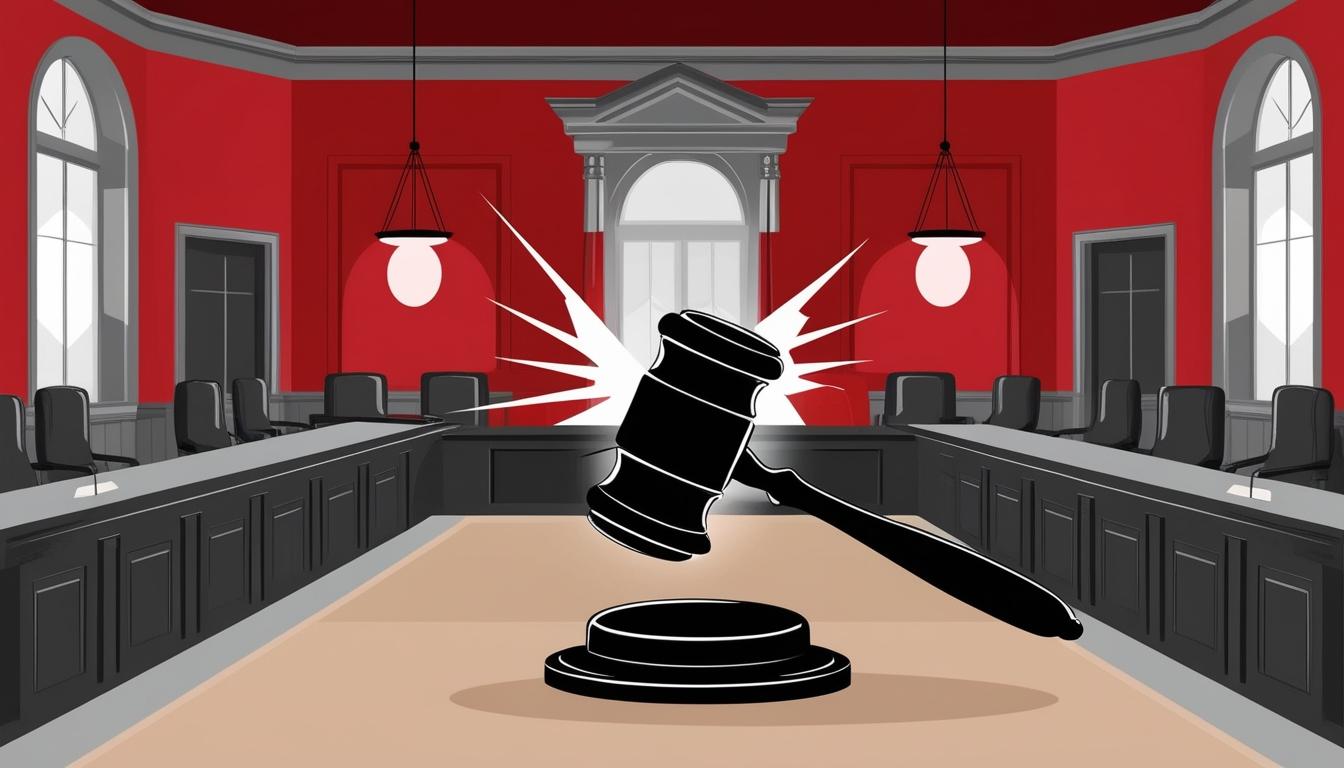In a significant ruling handed down by the High Court in January 2025, a cautionary tale emerged that underscored the essential ethical obligations of legal practitioners when submitting information before a court. This case began as a straightforward application for leave to appeal but transformed into a substantial warning about the implications of unverified legal research, particularly in the context of emerging technologies like artificial intelligence (AI).
The core of the matter revolved around a supplementary notice of appeal that was drafted by a candidate attorney and included multiple citations of relevant case law. However, it quickly became apparent that these citations were not verified either by the principal attorney or by counsel prior to their presentation in court. The presiding judge, upon scholarly examination, discovered that only two of the nine cited cases were valid, and even one of those featured an incorrect citation while the relevance of these cases was found to be negligible.
This discrepancy prompted the judge to summon explanations from all parties involved. Counsel initially attributed her oversight to an overburdened schedule, claiming she relied on the references supplied by the candidate attorney without having personally examined the cited cases. The candidate attorney defended her research, stating that the references were drawn from law journals accessed through her university portal but failed to provide specific details. When pressed regarding the potential use of AI tools such as ChatGPT for her research, the candidate attorney categorically denied it. The principal attorney later appeared in court, providing inconsistent explanations while failing to substantiate the cited authorities. Despite multiple opportunities to present the referenced cases, no credible information was offered, leading the court to conclude that the citations were likely fabricated.
In the judgment, the judge was clear in condemning the actions of those involved, emphasising the unwavering duty of legal practitioners to ensure the accuracy of all materials presented before the court. The judgement indicated that this responsibility cannot be shifted to junior colleagues, technological tools, or artificial intelligence. While it refrained from directly linking the inaccuracies to AI, the pattern observed resembled the "hallucinations" often associated with generative AI technologies, whereby such tools generate plausible yet fictitious information.
The judge remarked, “Relying on AI technologies when doing legal research is irresponsible and downright unprofessional.” Nevertheless, this viewpoint simplifies the complexities surrounding the use of AI in law. The case serves to highlight the risks associated with treating AI as a primary source of legal information but does not dismiss the valuable applications of AI within legal practice. When used judiciously, AI can enhance practitioners’ functions by refining research processes, uncovering patterns, and, in certain contexts, even helping to draft initial legal documents. However, outputs generated from such technologies necessitate careful scrutiny and validation against authoritative sources.
The ruling ultimately calls for a careful balance between innovation and accountability regarding the rapid advancements in AI technology. While AI can augment the judiciousness and proficiency of legal professionals, it is not a replacement for their expertise. The judgement advocates for responsible integration of AI tools within legal frameworks and emphasises the need for continued investment in practitioner education and the development of more sophisticated research technologies. This dual focus on ethical vigilance and technological advancement presents a roadmap for the legal profession navigating the complexities of AI integration.
The case of Mavundla v MEC: Department of Co-Operative Government and Traditional Affairs KwaZulu-Natal and Others (7940/2024P) [2025] ZAKZPHC 2 remains a poignant reminder of the delicate balance required in embracing technology within the legal sphere.
Source: Noah Wire Services
